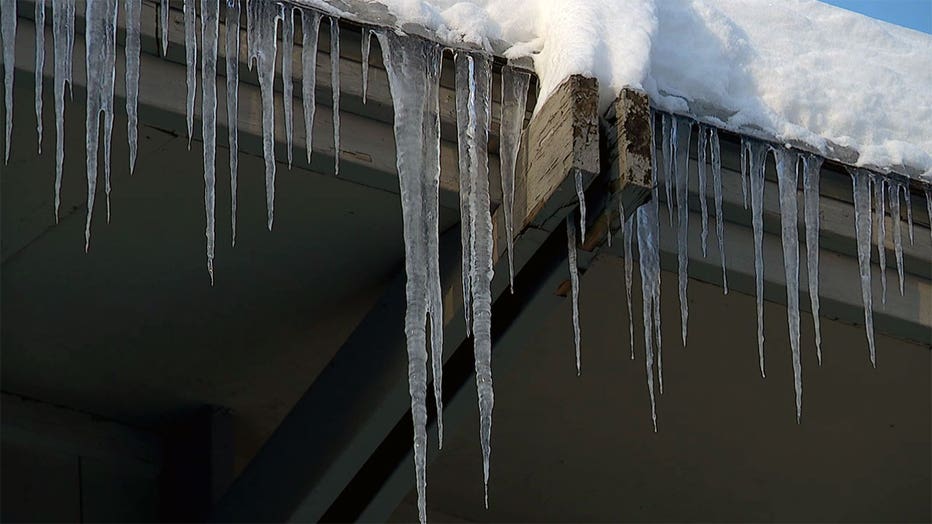Tips to conserve heat in your home during dangerously low temperatures

Tips to conserve heat in your home during dangerously low temperatures
When the weather outside is frightful, the warmth inside feels so delightful. During dangerously low temperatures, there are simple ways Minnesotans can conserve energy in their homes and body heat.
(FOX 9) - When the weather outside is frightful, the warmth inside feels so delightful. During dangerously low temperatures, there are simple ways Minnesotans can conserve energy in their homes and body heat.
"As cold as it is, it's not even close to what we are prepared to do. We are prepared for when it's -25 for three consecutive days," said Ross Corson, a spokesperson for CenterPoint Energy.
To help conserve energy and save money, the natural gas company recommends homeowners check their furnace filters, and lower their water heater temperatures and thermostats.
"If you feel comfortable, maybe set your thermostat at 65 degrees when you're at home, at night. When you're away from home, maybe reduce it another five degrees or so," Corson said.
Thursday was a sunny day, and Corson said it was a prime example of why people should keep their blinds open during the day and close them at night once the sun has gone down.
"If somebody's heat goes out, their furnace is out, we consider that an emergency especially in weather conditions like this. And so we try to respond the same day," he explained.
Utility companies are urging customers to conserve energy as wholesale natural gas prices have been on the rise in recent days, caused by the increase in demand across the United States.
In the event of power outages, Xcel Energy recommends staying away from downed power lines and keeping the refrigerator closed as much as possible. A full freezer will stay at freezing temperatures for approximately two days and a half-full freezer for approximately one day.

Icicles hang from a roof (FOX 9)
Minnesotans should also try to conserve body heat during dangerously low temperatures.
"Hat, scarves – really cover up your face, especially with this wind that's supposed to be coming and the wind chills," said Dr. Joey Duren, the chief medical director for Allina Health EMS and an emergency physician at United Hospital.
When it's this cold outside, Duren said hydration and loose-fitting clothes are key. She recommended layers in the following order:
- Base layer: wool or synthetic fabric
- Insulation layer: fleece or down
- Final layer: something windproof and waterproof
Here’s Duren’s full explanation: "So base layers like wool or the synthetics. You want base layers that are going to wick moisture away from you, so cotton is probably the worst to wear just because it can hold moisture next to your skin and actually cool your skin down. And then you want an insulation layer with like fleece or down. And then the last layer you want something to be windproof, waterproof to really hold in all that heat."
When it's this cold, she said doctors are also worried about hypothermia, frostnip, and frostbite. Anyone who believes they’re experiencing one of these conditions should get indoors immediately and then start to gently warm the skin.
"If you are experiencing numbness, extreme pain that's not going away with that, then that might be the point where you need to seek medical care. There's things that we need to do to try to prevent permanent or ongoing damage at that point in time," Duren explained.

